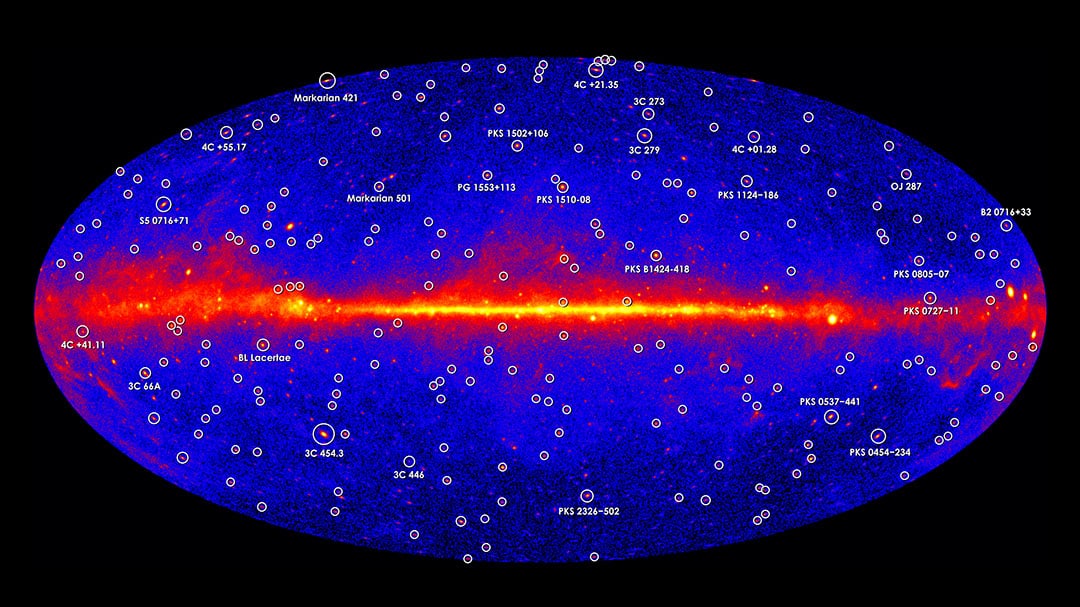A total of $23 million in new funding has been awarded to members of the Dunlap Institute for Astronomy & Astrophysics at U of T. Of this, $10 million was awarded to Dunlap Director Bryan Gaensler to lead the development of a Canadian radio astronomy data centre, and $13 million was awarded to Dunlap Professor Suresh Sivanandam to implement a new infrared spectrograph for the Gemini Observatory known as the Gemini InfraRed Multi-Object Spectrograph.
The awards were announced on October 12 at the annual Canada Foundation for Innovation (CFI) Innovation Fund awards ceremony held this year at the University of Manitoba. Canadian Minister of Science Kirsty Duncan presented the awards.
The underlying goal of Gaensler’s project is to manage the enormous amounts of data generated by radio telescopes that are currently surveying the sky. In some cases, like the recently completed radio telescope, the Canadian Hydrogen Intensity Mapping Experiment (CHIME), this can be as much as one terabyte of data every second.
“The data rates are enormous,” Gaensler said in an interview with The Varsity. “The data sizes are just completely unmanageable, so big that you couldn’t even save all the raw data to disk if you wanted to — you’d have to process some of it as you go.”
These vast, previously unimaginable amounts of data are only one aspect of what Gaensler terms “21st century astronomy.” Radio astronomers are also grappling with much larger fields of view than ever before: while telescopes used to point at small, specific regions of space, they now work to map the entire sky in radio wavelength. With this comes the need for near-instantaneous response times, as the chances of observing interesting, short-lived phenomena are much greater when you move from a small window to the entire sky.
While there are countless projects that can be done with an all-sky radio astronomy survey, Gaensler spoke in particular about three big scientific questions that he hopes to answer with the observations.
“Where does magnetism in the universe come from? What are all the different types of explosions and flares that happen in the universe? And what are the processes through which gas is converted into stars? So galaxy evolution, magnetism, and time-domain astronomy.”
The mandate of the CFI Innovation Fund is to support research that allows Canada to be competitive on a global stage. With the recent completion of CHIME and as the beginning of Gaensler’s radio astronomy data centre, it is clear that Canada is poised to become one of the key players in the radio astronomy landscape.
“We’re very much at the forefront,” said Gaensler, “and there’s some particular areas like pulsars and magnetism where we really own these topics.”
“[There are] all these great discoveries that Canadian radio astronomers have made in the past. We’re building on that heritage.”


